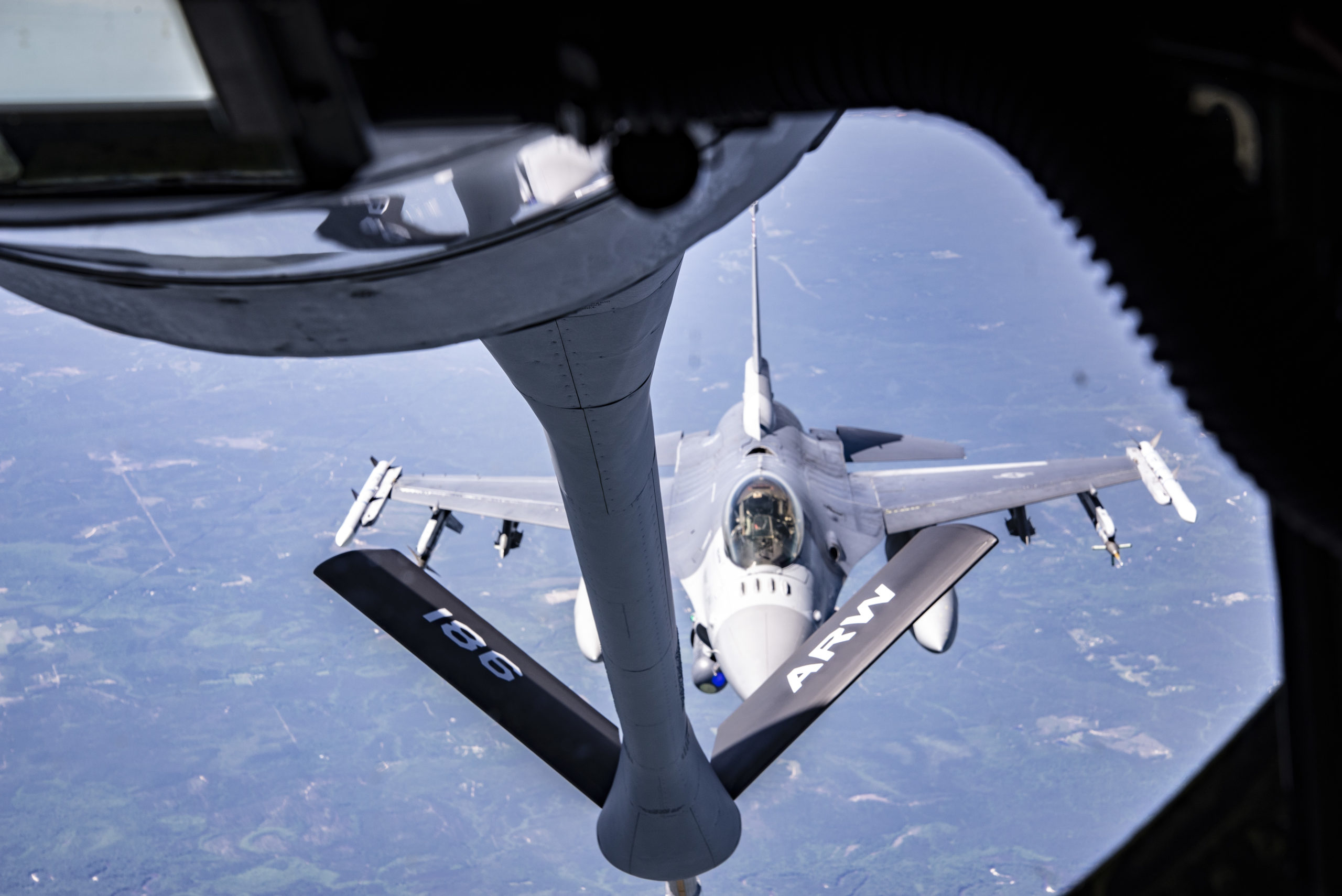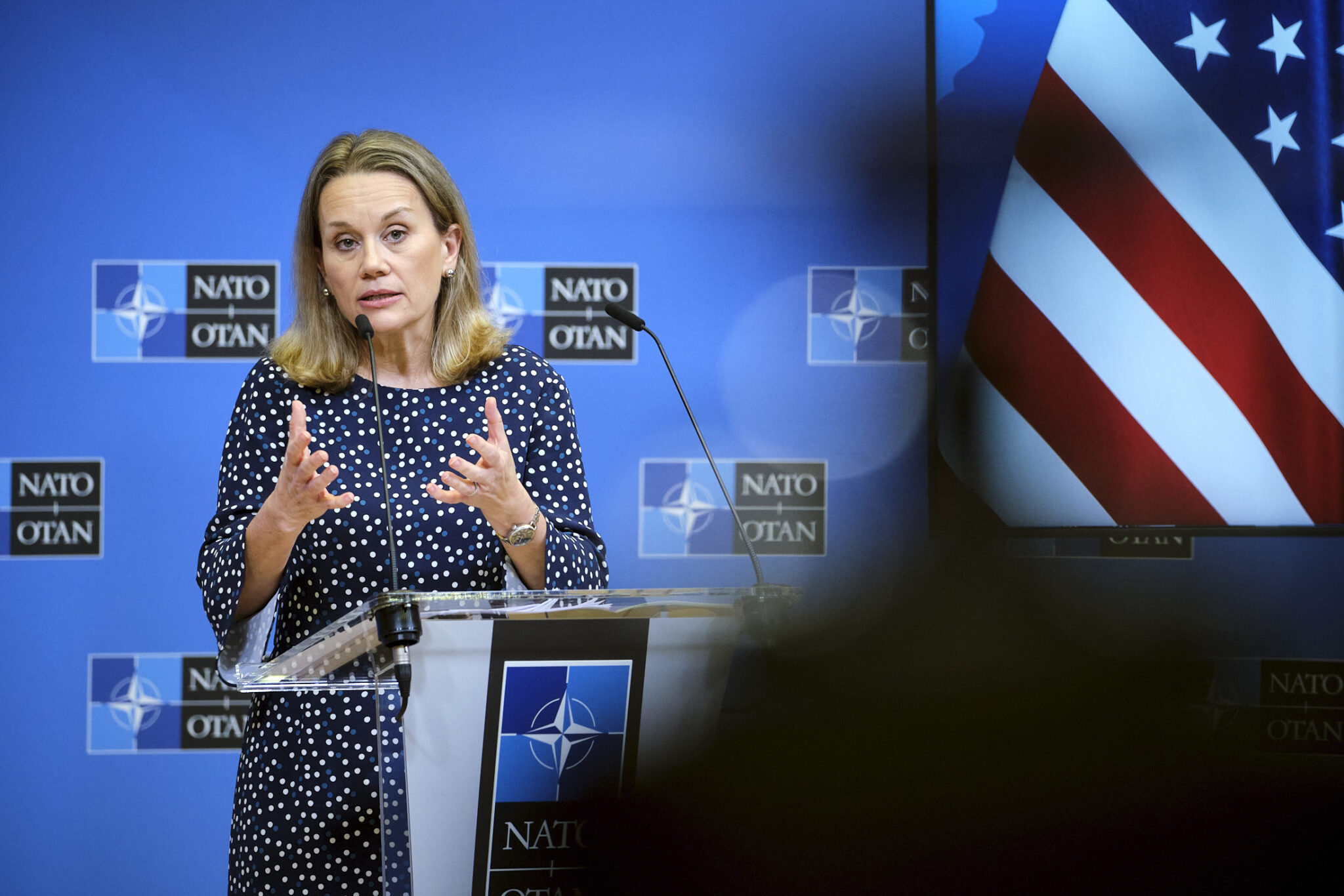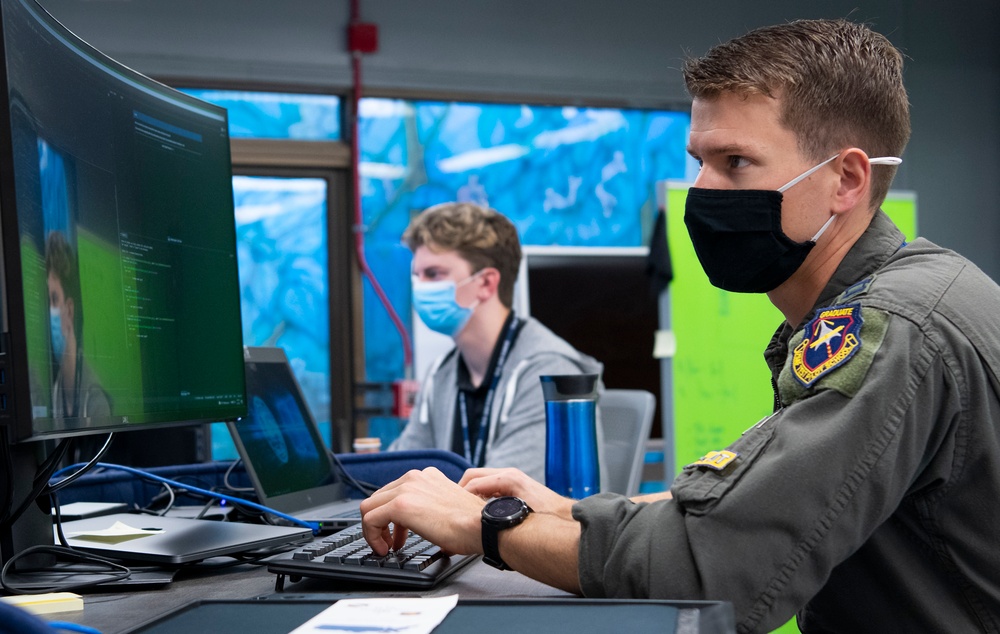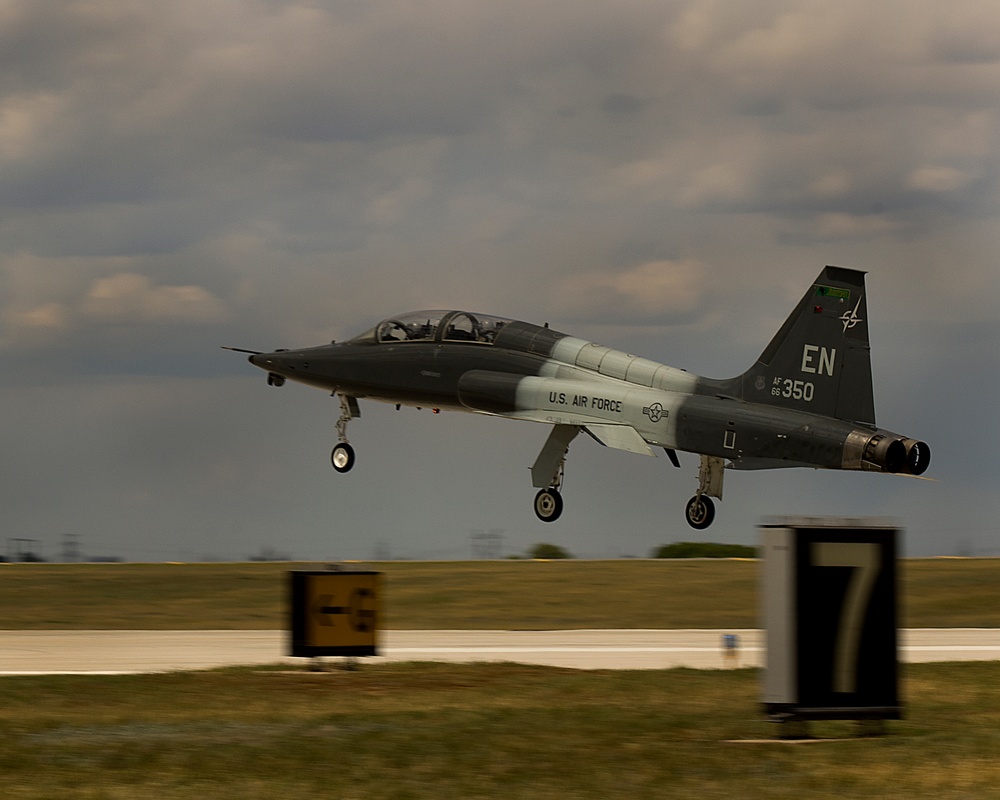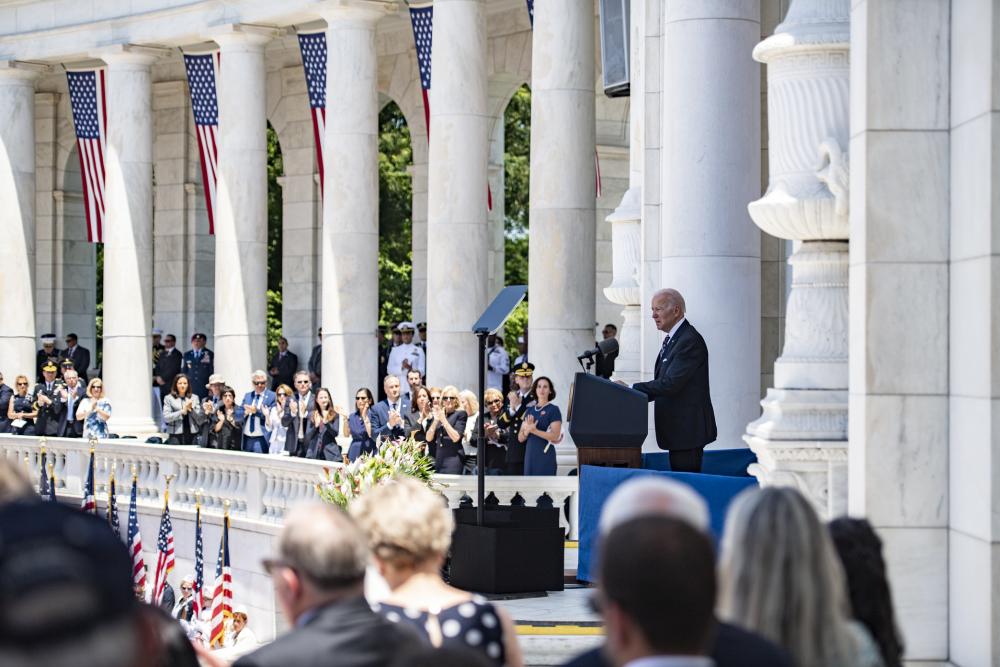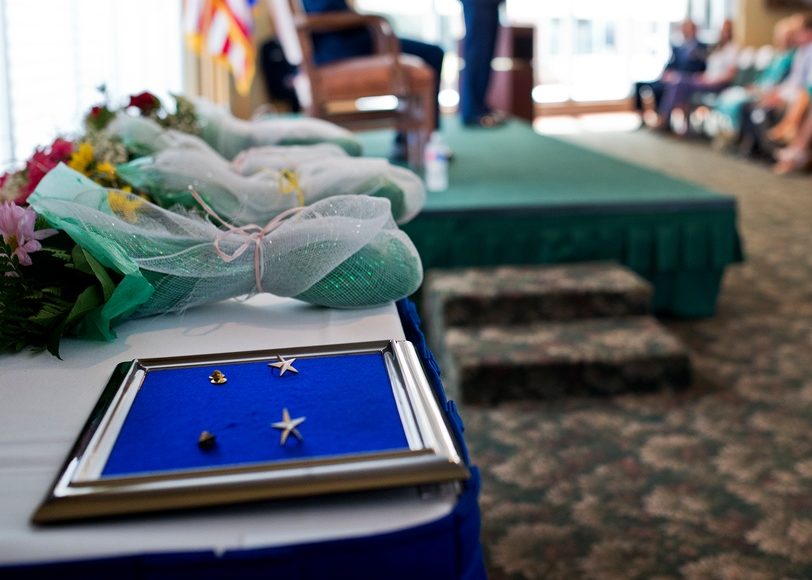Across all categories except reconnaissance, the Active-duty Air Force flew fewer hours in fiscal 2021 than it did the previous year, after making gains in most categories of flying from the year before. However, there were flying hour improvements in some mission areas for the Air National Guard and an improvement overall for the Air Force Reserve.
Flying hours are key to readiness, and are usually a good overall barometer of other readiness factors such as pilot and spare parts availability, speed of throughput at depots, and operations budgets. They are also affected by combat operations. Inadequate flying hours reduces pilot proficiency and correlates with increased accident rates.
According to figures provided to Air Force Magazine, pilot flying hours across all types of aircraft in the Active-duty force averaged 10.1 hours per month in fiscal 2021, down from 10.9 hours in 2020. Flying hours had averaged just 6.8 per month in 2019, down sharply from 10.7 in 2018. Hours for 2022 so far were not provided. The service did not offer commentary on why hours had changed as they did.
In a Heritage Foundation event June 1, Air Force Secretary Frank Kendall said, “I’m not happy with where we are” on flying hours. He said the Budget Control Act forced the Air Force to restrict hours for a decade, and the service “never recovered” from that pattern. The Air Force is now able to “do more with simulators,” though, because that technology has advanced rapidly and can now deliver extremely high fidelity virtual presentations of the flying environment. Simulator hours are generally far less costly than real-world flying, and allow aviators to rehearse dealing with emergencies that can’t be practiced in a real, flying airplane.
The Air Force said its numbers for flying hours are for real-world flying only, and do not include simulator time.
Average Pilot Training Hours Per Month By Aircraft Type
| Aircraft Type | Component | 2018 | 2019 | 2020 | 2021 |
|---|---|---|---|---|---|
| Airlift | Active Duty | 12.7 | 8 | 12.2 | 12 |
| ANG | 9.8 | 5.8 | 10.3 | 9.3 | |
| Reserve | 10.7 | 5.2 | 8.3 | 9.3 |
| BACN | Active Duty | 26 | 21.6 | 23.4 | 9.2 |
| ANG | 2.3 | ||||
| Reserve |
| Bomber | Active Duty | 6.1 | 4 | 7.2 | 7.1 |
| ANG | 4.2 | 1.6 | 2.2 | 1.4 | |
| Reserve | 3.5 | 2.9 | 4.7 | 4.6 |
| Fighter | Active Duty | 8.2 | 5.7 | 8.1 | 6.8 |
| ANG | 7.1 | 4.2 | 6.4 | 7.3 | |
| Reserve | 5.2 | 3.9 | 5.5 | 6.7 |
| Fixed Wing | Active Duty | 9 | 5.7 | 8.7 | 6.1 |
| ANG | 6.8 | 5.8 | 10.8 | 7.9 | |
| Reserve | 4.8 | 10.9 |
| Recon | Active Duty | 7.8 | 4.7 | 7 | 8.4 |
| ANG | 8 | 5.7 | 9 | 8.1 | |
| Reserve | 5.7 | 2.7 | 5.3 | 5.4 |
| Rescue | Active Duty | ||||
| ANG | 1.6 | ||||
| Reserve |
| Rotary | Active Duty | 6.8 | 4.5 | 6.9 | 6.5 |
| ANG | 5.8 | 3.9 | 7.9 | 6.4 | |
| Reserve | 8.5 | 3.4 | 4.9 | 6.9 |
| Special Ops | Active Duty | 11.1 | 6.6 | 13 | 11.6 |
| ANG | 6.9 | 3.7 | 5.8 | 10.1 | |
| Reserve | 5 | 3 | 5.2 | 5.9 |
| Tanker | Active Duty | 13.6 | 8 | 12.1 | 12 |
| ANG | 12.4 | 7.5 | 10.4 | 9.4 | |
| Reserve | 10 | 5.7 | 8.3 | 9.1 |
| Trainer | Active Duty | 10.2 | 6.8 | 9.6 | 8 |
| ANG | 7.9 | 1.7 | 0.2 | 1 | |
| Reserve | 1.2 | 2.2 | 2.9 | 0.4 |
Active duty fixed-wing hours averaged 6.1 hours per pilot per month, down steeply from 8.7 hours the previous year. Guard fixed-wing pilots also saw a drop from 10.8 to 7.9, but Reserve pilots saw a huge jump, from 4.8 hours in fiscal 2020 to 10.9 in 2021. The trends were similar for rotary-wing pilots; down for Active and Guard, but up for the Reserve.
The Active fighter pilot community saw a big drop in hours, from 8.7 to 6.1 from 2020-’21. But Guard fighter pilots got more hours, up from 6.4 to 7.3. Reserve fighter pilots also saw an increase, from 5.5 to 6.7, from 2020-2021.
The drop in fighter pilot hours is likely due in part to the Air Force’s chronic shortage of these aviators. Sources report that of the 1,700 pilots the Air Force is short, about 1,000 of those are fighter billets, with about 700 of those vacancies in the Active Duty, 200 in the Guard, and 100 in the Reserve component. The Air Force has said that much of its pilot shortage is due to a paucity of rated officers available for staff jobs, but that some cockpits are indeed going unfilled.
Flying hours for Active bomber pilots were flat, as they were for Reserve bomber pilots, but Guard bomber pilots saw nearly a 50 percent decline in hours, from 2020-2021.
Active airlift pilots also saw flat hours at about 12 per month, but Guard and Reserve pilots saw about a 10 percent decline in hours from fiscal 2020-21.
Battlefield Airborne Communications node pilot hours plummeted from 23.4 hours a month to just 9.2 for Active pilots, likely due to the withdrawal from combat operations in Afghanistan and Syria, where BACN aircraft were in high demand and use, but are in lower demand during peacetime.
Hours for Active-duty special operations pilots fell from 13 to 11.6 hours per month, but Guard pilots in that category saw a near-doubling of hours from 5.8 to 10.1. Reserve special operations pilots hours were flat.
Tanker flying time for the Active duty was flat, but Guard pilots saw a downturn from 10.4 to 9.4, while Reserve pilots flew more, up to 9.1 hours from 8.3 the year before. Retirements of the KC-10 tanker may have affected the flying time, although new KC-46s are also entering the force.
Trainer aircraft time dropped about 20 percent for Active pilots, from 9.6 hours to 8 per month. Guard trainer pilot time was flat at about one hour per month, while Reserve hours fell precipitously from 2.9 to 0.4 hours.
Reconnaissance hours were up for pilots in that category, from 7 per month to 8.4. Reserve time in recce was flat at 5.3-5.4, but Guard recon time fell from 9 hours a month to 8.1.
